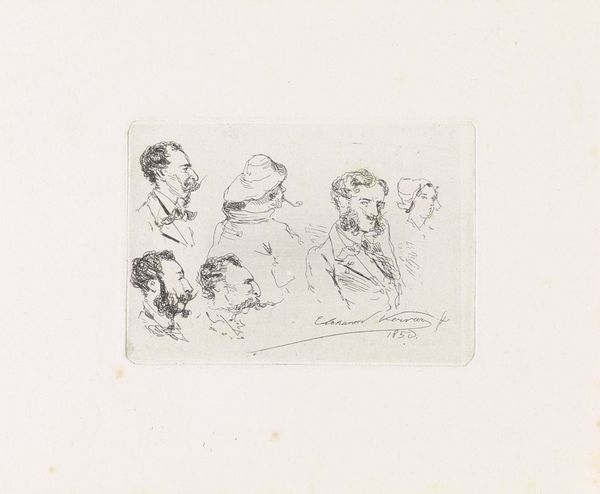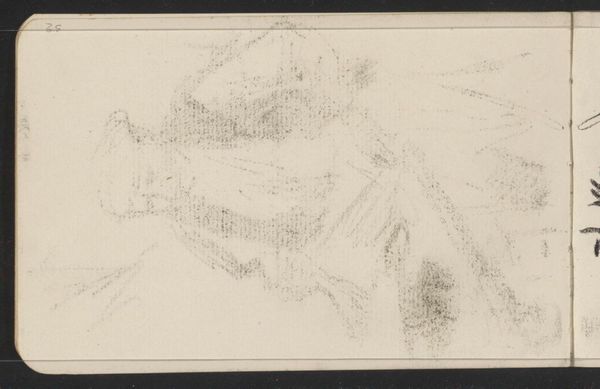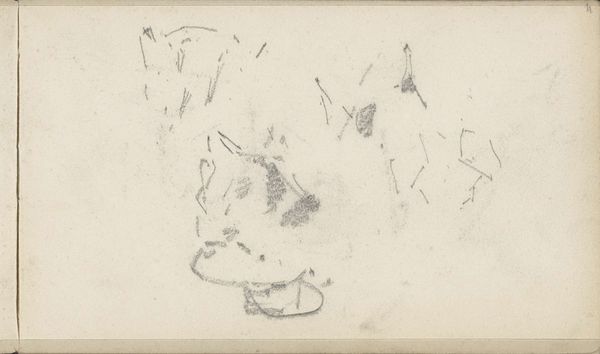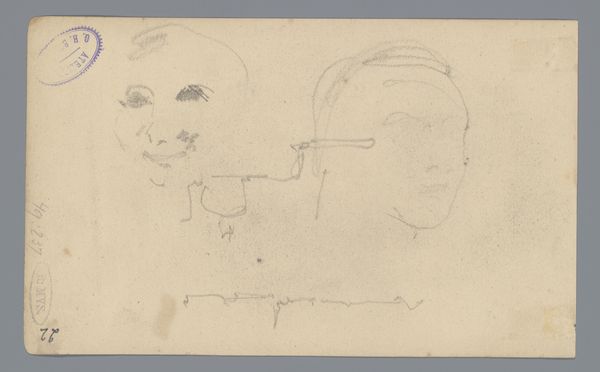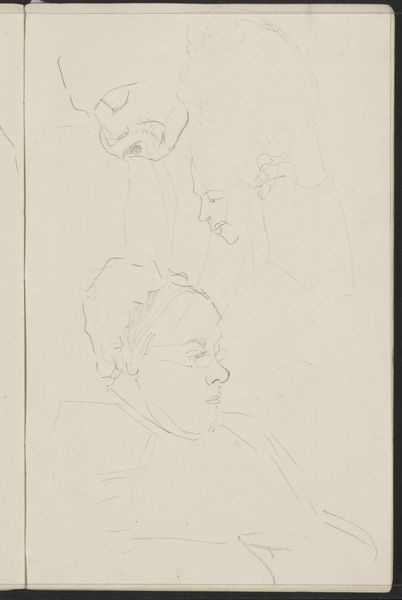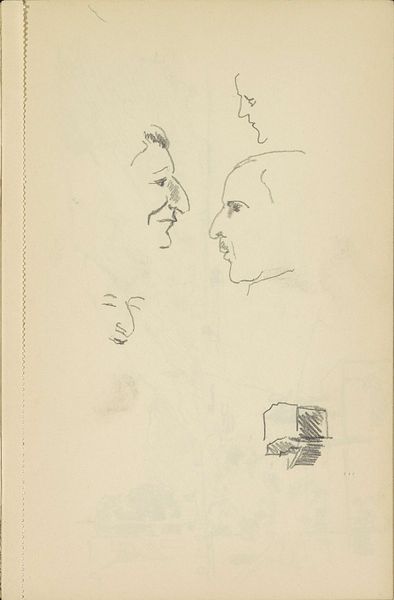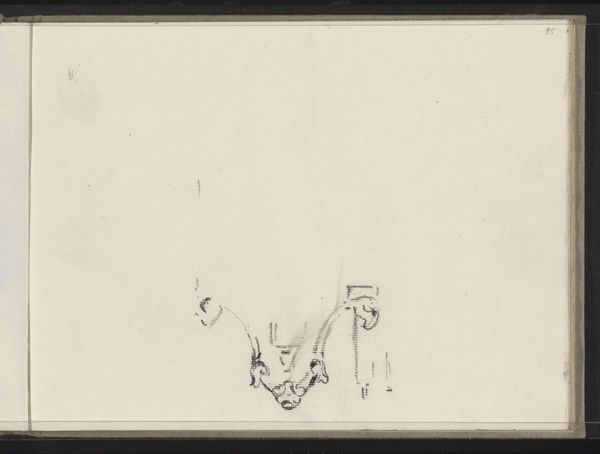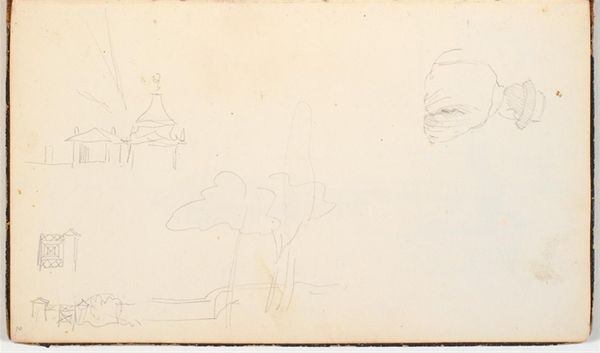
Copyright: Rijks Museum: Open Domain
Editor: Here we have "Abklatsch van de krijttekening op blad 25 verso," a drawing by Isaac Israels from around 1886 to 1934. It’s housed in the Rijksmuseum. The sketch-like quality gives me the feeling I’m intruding on the artist’s private thought process. What do you see in this piece? Curator: I see a glimpse into the artist's process and the artistic circles of the time. Israels, deeply embedded in the social and artistic shifts of late 19th and early 20th century, documented modern life and the emergence of new urban identities. Do you think these rapidly drawn figures suggest particular social types prevalent at the time? Editor: I hadn’t considered that specifically. I just assumed they were figure studies. Maybe the one with the bowler hat reflects a specific class identity? Curator: Exactly. Think about how fashion and dress were becoming increasingly important markers of social standing and even political affiliation. These sketches, likely made in public spaces like cafes or theaters, served as raw material for larger paintings and reveal how artists like Israels contributed to visual understandings of modern society. Consider, for example, the role of museums in popularizing such imagery… Editor: That makes me think about how this sketch, originally quite personal, is now in a museum! How the meaning changes when it goes from private to public. Curator: Precisely! Museums shape our understanding and, inevitably, transform the art. Food for thought on the entire history of how images work. Editor: That's a totally different perspective. Now I’m looking at this in an entirely new light, appreciating it as part of broader societal conversations. Thanks!
Comments
No comments
Be the first to comment and join the conversation on the ultimate creative platform.
